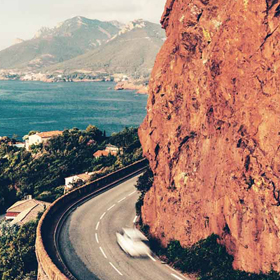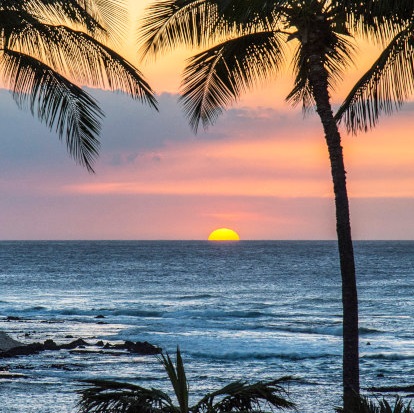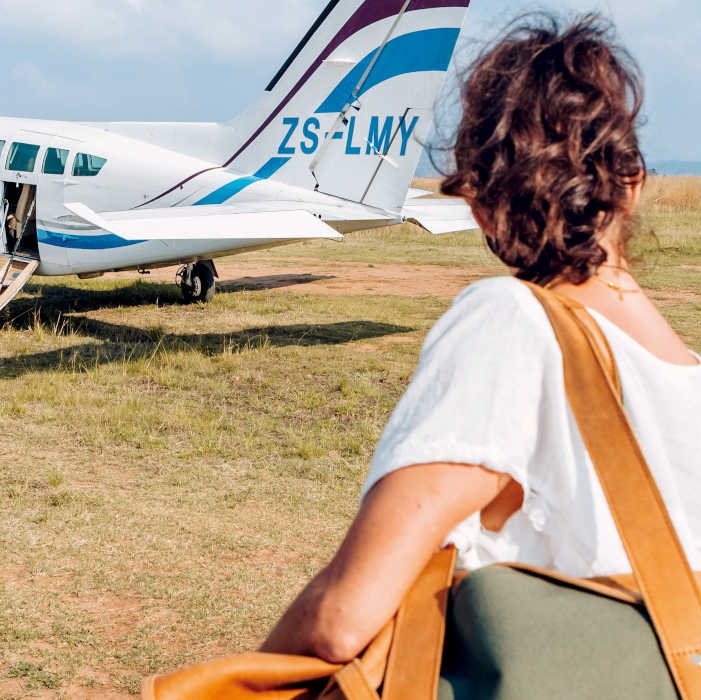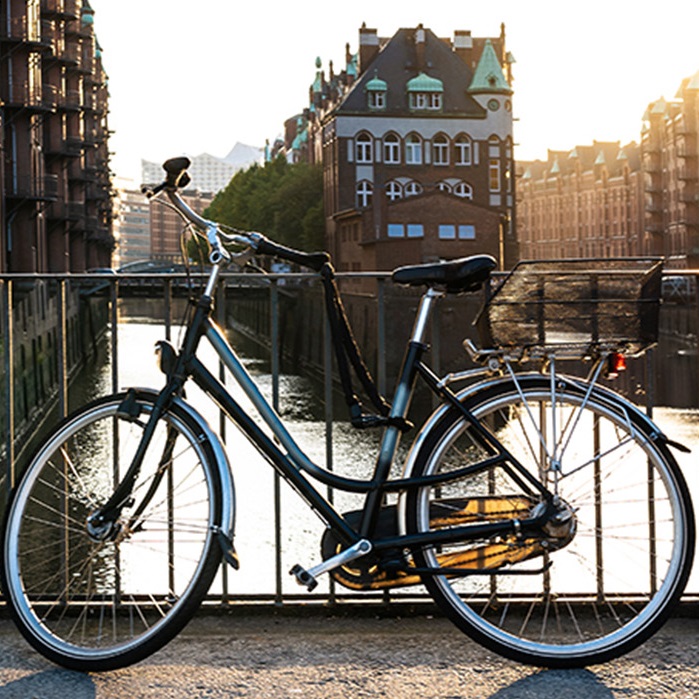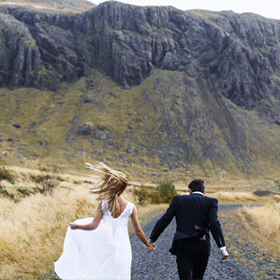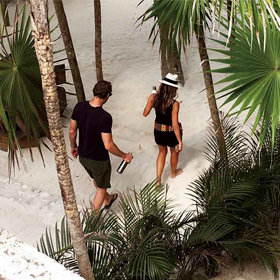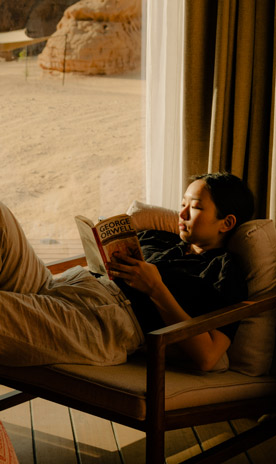Easter in Seville is a whole lot more than chocolate eggs and fuzzy yellow chicks. Known as Semana Santa (Holy Week), the seven-day celebration spans from Palm Sunday to Easter Sunday and is one of Spain’s most deeply rooted Catholic traditions. In Seville, schools shut, some workplaces close and the whole city pitches in to honour the Passion of Jesus Christ with processions, floats and flamenco-style prayers. Planning a visit to Seville in March or April? Read on to discover what to expect during the city’s festive week...
What to expect
Processions in the lead up to Easter in Seville are no small feat. Every day of Holy Week, thousands of nazarenos (members of a brotherhood) don distinctive robes and carry candles, crosses and incense as they walk solemnly through the streets. The main spectacle, however, is the gold and silver floats (pasos) they’re following. These depict detailed scenes from the Passion of Christ or images of the Virgin Mary (typically in tears) and are carried by costaleros, who undergo intense training to bear their weight – they have to hold them for up to 14 hours, after all.

Image by Emily Dundas.
Key processions to watch
Palm Sunday
The Palm Sunday processions kick off Easter in Seville, marking Christ’s entry into Jerusalem. La Borriquita is a popular procession for families, depicting Christ riding a donkey. In contrast, other processions are darker – in Jesus Despojado, for example, Christ is portrayed stripped of his clothes, bleeding. These set the tone for the week’s solemn yet celebratory atmosphere.

Image by Emily Dundas.
Procession of Silence
Held late on Holy Wednesday, the Procession of Silence is Semana Santa’s most haunting procession. Unlike others that feature marching bands and spontaneous prayers, Wednesday’s is carried in complete silence, focusing on self-reflection and devotion. Only footsteps and the creaking of the wooden floats can be heard – even the crowds following behind stay silent.
La Madruga
You’ll want to set your alarms early (or simply not sleep) for La Madruga, the most emotionally intense group of Semana Santa’s processions. Departing after midnight on Thursday, they pass through the streets of Seville until the early afternoon on Good Friday. This is when the most famous processions occur, including La Macarena, which features the most venerated Virgin Mary in Seville, attracting thousands of devoted followers. The deep silence of the night is contrasted with the sound of marchas procesionales (processional marches) played by brass bands, along with heartfelt saetas (flamenco-style prayers) sung from balconies.
Easter Sunday
Semana Santa in Seville ends with an upbeat bang on Easter Sunday, as lively processions take to the streets to celebrate the Resurrection of Christ. The most prominent is led by the Brotherhood of the Resurrection, which is the only one in Seville dedicated to – you guessed it – the resurrection of Christ. Their float features an image of Christ emerging from the tomb, with the marching bands playing triumphant hymns instead of the sorrowful music of earlier in the week.
Tips for visiting
While Semana Santa is a sensational experience, its popularity can make it overwhelming. To help you out, we’ve whittled together some tips to help you tackle the crowds and elevate your time in Seville:
- Plan accommodation early: hotel rooms can be few and far between during Semana Santa in Seville, so book ahead to ensure you get as close to the historic centre as possible.
- Arrive early to the processions: streets can (and will) be packed, especially along Calle Sierpes and Plaza San Francisco. So, if you want the best view, plan to arrive a couple of hours before the processions starts. Or, for a different perspective, some hotel balconies may overlook the streets the processions pass along, so it’s worth researching this in advance.
- Respect the silence: there’s nothing worse than side-eyes from locals, so stay silent during certain processions (you’ll be able to tell which ones, don’t worry).
- Prepare for long waits: bring plenty of water, snacks, comfy shoes and patience, as some processions can last up to 14 hours (although you don’t have to stay for the duration, of course).
- Dress appropriately: locals dress formally during Semana Santa, with men in suits and women in dresses. Modest clothing will suffice for tourists, however.

Image by Emily Dundas.
Written by Evie Buller | Header Image by Emily Dundas.

